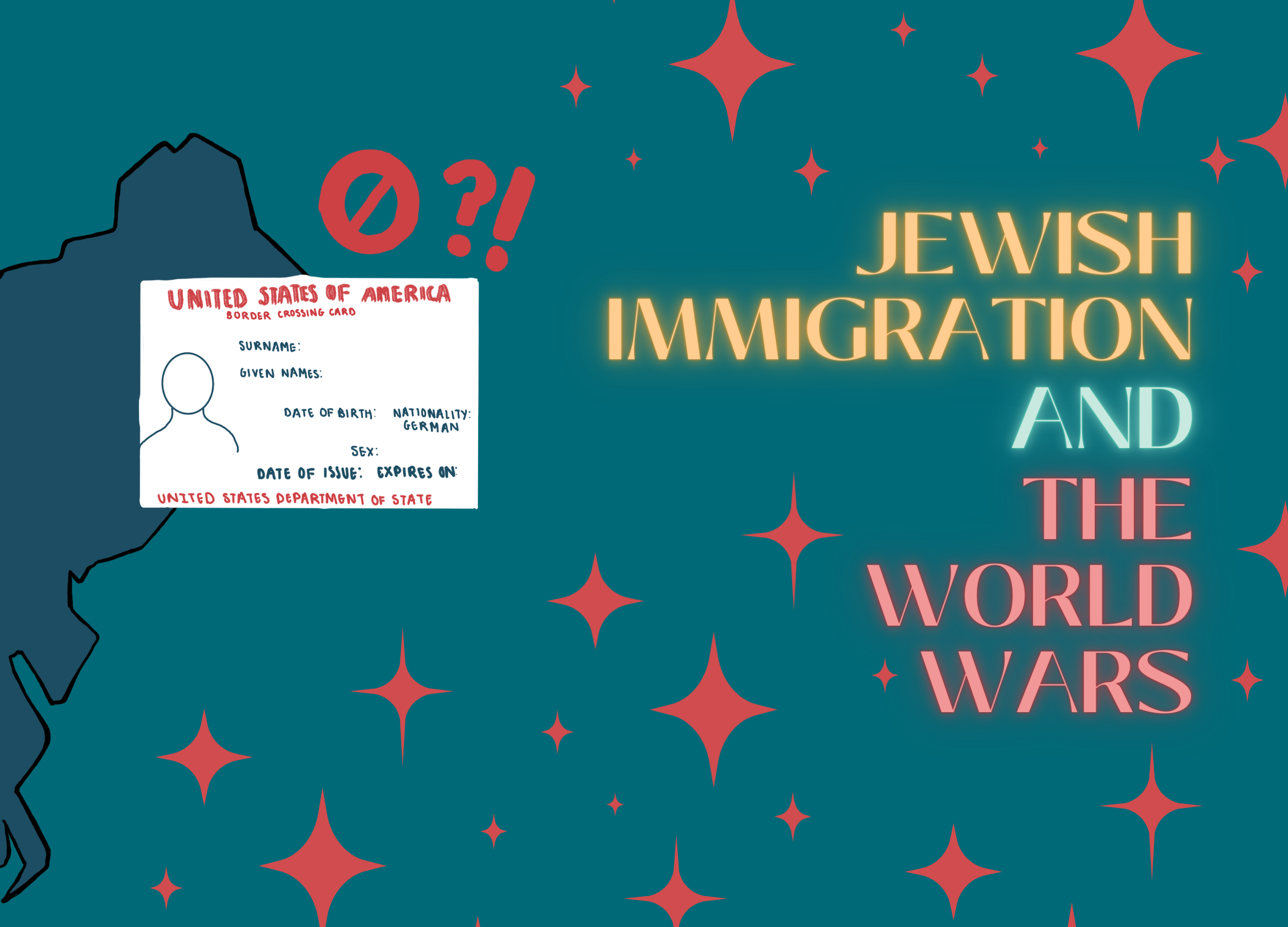Edited by: Harini Akurathi, Neve Walker & Taruni Manam, Blogged by: Sahithi Lingampalli
After World War 1, the United States saw a substantial decrease in the number of immigrants coming into the country. The government took advantage of this period by introducing new immigration laws, ones that would preserve the good name of America by stopping certain people from coming into the country. These groups included people of colorcolour and Jewish people. These policies were further enforced when The Great Depression hit, as the president did not want “economic burdens” coming into the United States.
Once Adolf Hitler became the chancellor of Germany, many German citizens applied for US visas only to be turned down due to lack of moneynot having enough money for them. Of the 82,787 Germans who applied, only 1,241 actually received visas (despite 25,957 visas being available). This gross unfulfillment of the visa quota only worsened as Hitler’s reign continued. Approximately 100,000 German citizens were on the waitlist for a US visa, but from 1934-1937 only an average of 7,053 were was ever issued. After the German invasion of Austria, approximately 140,000 people were put on the waiting list, but only 19,000 visas were issued.
When World War 2 officially started in September of 1939, over 300,000 people (most of them Jewish) were on the waiting list to go to the US, but only 27,000 visas were issued. Despite the significant increase in refugees from Europe, the United States government refused to increase their visa quota, as the people seeking sanctuary were the very people who the visa quotas sought to keep out of the country. As the war raged on, immigration became nearly impossible due to the US trying to protect themselves and Germany closing US consulates in Nazi territory.
After World War 2 ended, the visa quota system was upheld and post-war racism was as prominent as it was after World War 1. As different events happened that affected the need for immigration visas for different countries, policies were put in place to allow exceptions to the quotas. The Civil Rights movement saw the annihilation of the quota system, which ended up emphasizingplacing an emphasis on different preferences, like family reunification.
It took many years, but the US immigration system was finally amended into something that took into account the reason for immigrating rather than who. The system is still far from perfect, but the changes made in the aftermath of the Second World War provided drastic improvements to what once was there. Although the system is better, it is important to understand the racist and antisemitic principles that the system was originally based upon so that we never repeat our mistakes.
References
United States Holocaust Museum (2019). How Many Refugees Came to the United States from 1933-1945? Link.
National Park Service, Immigration and the Great War. Link.
Council on Foreign Relations, U.S. Postwar Immigration Policy. Link.

